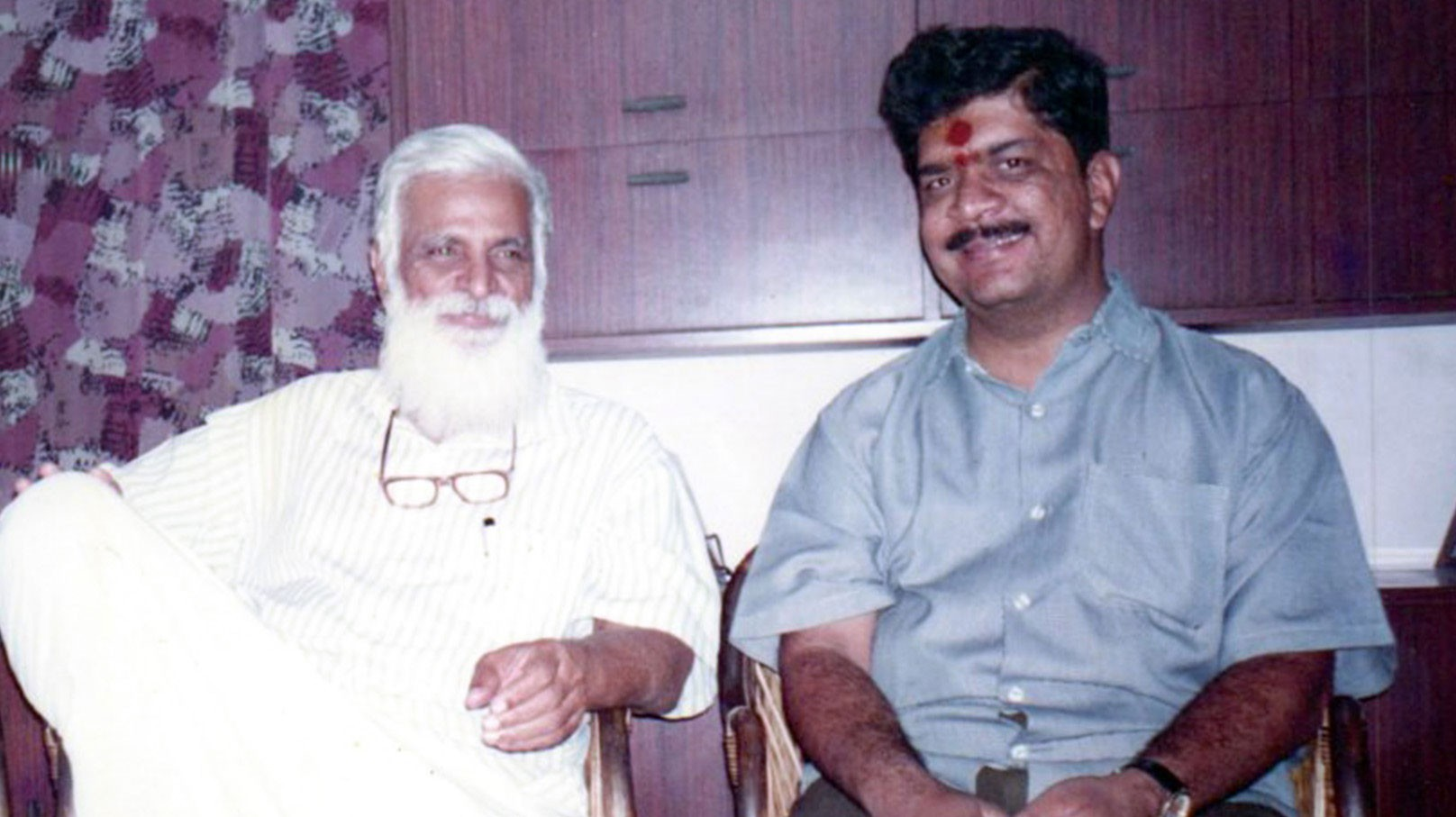- Edited

Our Love to the Guru, the guiding light in the forest of darkness called ignorance
Śrī Paraśurama in the dīkṣā prakaraṇa (initiatory ritual guide) of his kalpa sūtras has defined some rules for aspirants. Let us reflect on two of these dharmas. (1) Na ikṣu khaṇḍam bhakṣayet (2) Na divā smaret vārtālīm.
Na ikṣu khaṇḍam bhakṣayet: The literal translation is “Do not eat (chew) the sugarcane”. Sugar cane is the bow held by Śrī Lalitā devī as described in various dhyāna slokā (puṇḍrekṣu cāpa) Lalitā sahasranāma says “manorupekṣu kodanda” - i.e. the sugarcane bow is our mind. It is one of Her weapons. Weapons are used to remove an obstacle and reach our destination. The destination here is a realization of self, Ignorance being the obstacle here. Hence removal of this obstacle (ignorance) is by cultivating an undivided mind consciousness using a weapon called sugarcane bow, thus attaining everlasting bliss. One has to tune the mind into this all-pervasive consciousness, by removing the notion of duality in the mind on the constant meditation of truth that all that we see and realize are verily the Brahman itself. While this consciousness is cultivated the mind often falls back into the realm of duality due to its inherent old tendencies. To prevent this fall back one should always do things that are in tune with this meditation, be in an environment that helps us in reminding this Truth always, cultivate friendship with people who are in this path, speak of this only and further to this pursue a path (sādhana). Thus one will be established in the all-pervasive undivided consciousness. This easy path is called “Raja Yoga”. There is also another path wherein the mind is restrained forcefully and the consciousness established. This path is hard and not many can follow it. Moreover, there is no use if the consciousness is not established; all the efforts shall be in vain. Why follow a path of forceful efforts, when an easy path of Rāja yoga is at hand, failure in this path is not there. One is established in the divine consciousness while doing all necessary duties to this world and enjoying the pleasures. The aspirant should have a firm conviction that all that he sees and does are the form of the chosen deity both while performing the duties or enjoying the pleasures, leading to the realization of the all-pervasive undivided consciousness. Hence we can conclude that this torture of the mind by forceful restraint is not needed for an aspirant, which is the hidden message in this dharma.
Na diva smaret vārtālim: The literal translation is “Don’t meditate on the Devī Vārāhi during the daytime”. We find that Śrī Devī Vārāhi emerged from the five flowery arrows of Śrī Devi Lalitā in Lalithopākhyāna. Lalitā sahasranāma clarifies that these arrows are five subtle elements – “pañca tanmātra sāyakā”. The subtle elements cause the functioning of five intellectual/work senses, which get information about this universe around us and also seem to cause happiness. From the above, it is clear that Vārāhi symbolizes the constant acquisition of the knowledge of the universe and also bliss. As said in the former dharma one has to be firm that the universe and bliss is identical with our chosen deity. To get this conviction he pursues a path (sādhana) as directed by the Guru, the Śrī Vidyā. While on the path he uses the ‘five’ as directed by the Guru. Again these five are representing the subtle elements; madu-fire, matsya-water, māṃsa-earth, mudrā-air and maithuna-space. The sun shining during the day represents the activity of common people. The negation of this is secrecy. Bhagavān Paraśurāma has said “Bliss in the form of Brahman; it is ever-present in the body. The five M's cause to manifest it, their usage is in utmost secrecy”. On a whole, the hidden message in this dharma is pursuance of the sādhana in utmost secrecy to attain a constant awareness, following the guidelines of the Guru without any inhibition.
Both of the above dharmas are representative of sugar cane bow and five flowery arrows in the hand of Lalitā. There is a saying “the noose represents īcchā śakti (will), goad represents jñāna śakti (knowledge) and bow-arrow represents kriyā śakti (action). It is amazing to note that the identity of the subtle meaning of the bow-arrow (i.e. action) with the rule (the dharma) to be adhered in practice (i.e. action) in the above instructions by Śrī Paraśurāma.
Glory to the Guru who has guided us and revealed these hidden messages.
Source: "Meditative Texts - Revised Thoughts on the Way" by Yogamba Sameta Atmanandanatha (Ramesh Kutticad)
Yogamba Sahita Atmanandantha (Ramesh Kutticad) is a Śrī Vidyā Guru from Chennai. He is associated with Guruji since 1996. Smt. and Sri Ramesh have painstakingly written the following scholarly, research. We're grateful to him for allowing us to make these articles available for the public.

